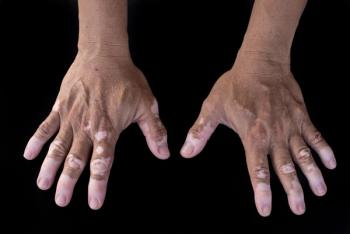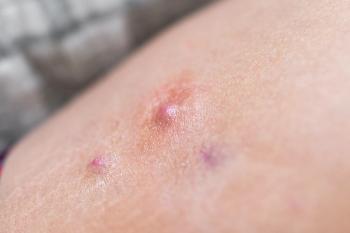
Vitiligo. It Is Not Just a Skin Condition
The melanocytes attacked by the autoimmune disease are present in the eyes and ears, not just the skin, so vitiligo can adversely affect vision and hearing.
Vitiligo is an autoimmune disorder that attacks melanocytes, which are cells that produce pigment in the body. In individuals with vitiligo, the destroy melanocytes leads to the loss of pigment and results in white patches on the body. These are more prominent on dark skin.
On the surface, vitiligo may appear to be a cosmetic condition, but its effects run deeper and affect other parts of the body besides the skin. In addition to psychological burdens, such as social stigma and self-esteem issues, individuals with vitiligo may also have physiological complications, including thyroid problems, other immune diseases, and ocular or auditory issues.
Studies have shown that approximately 20% of people with vitiligo also have other autoimmune conditions. Thyroid disorders, such as Graves’ disease and Hashimoto’s disease, are the most common. Other autoimmune disorders associated with vitiligo can include type 1 diabetes,
In addition to skin epithelium, melanocytes are also present in the retina and uvea of the eye. One component of the uvea is the iris, which is the pigmented part of the eye. Vitiligo affecting the eyes can cause retinitis and iritis. Patients may experience light sensitivity, eye discomfort, and vision disturbances. If left untreated, these complications may lead to glaucoma and vision loss.
Melanocytes are also present in the cochlea found in the inner ear. In some cases of vitiligo, immune cells attack cochlear melanocytes, causing hearing loss. It is estimated that between 12% and 38% of people with vitiligo have some hearing loss.
It is evident that vitiligo is more than a dermatological condition. An interprofessional approach to treatment is essential for people living with vitiligo. Those who present with concurrent autoimmune disorders would benefit from referrals to appropriate specialists for additional treatment. Routine eye and ear exams may also be part of treatment plans in order to preserve vision and hearing and minimize further complications.
Newsletter
Get the latest industry news, event updates, and more from Managed healthcare Executive.




